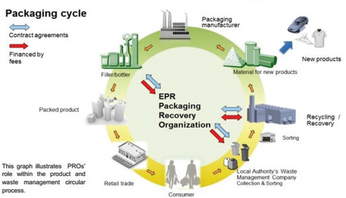Knife Coating – the Simple Coating Method, or Is It?
Presented by Robert Secor, Hirdeal LLC
Knife coating is often considered to simple and imprecise, but in many instances, it can be precise and certain aspects can be complex. Basic coating mechanics of knife coating will be reviewed to extract “rules of thumb” useful to coating practitioners. Geometric aspects of the knifing channel and the method of feeding liquid to the knifing channel distinguish variations of the knife coating, i.e., roller-fed-knife, die-fed-knife, and hopper-fed-knife. Usually knife coating refers to metering a liquid coating with a rigid knife over a rigid roll, which requires attention to precise alignment and coating gap uniformity for thin, uniform coatings. Deformable knife coating where either the knife or the coating roll is flexible enough to deform due to coating forces is a close cousin to rigid knife coating. Some rigid knife coating mechanics translate to the deformable variant whereas others, particular the need for precision is usually relaxed. But other deformable coating aspects complicate knife coating operation, particularly edge behavior. Complexities in coating liquid rheology such as elasticity often alter or sometimes eliminate regions of good, uniform coating. This knife coating tour will summarize operational and design considerations to provide a useful knowledge base for coating practitioners.
This post is for paying members only
SubscribeAlready have an account? Log in

